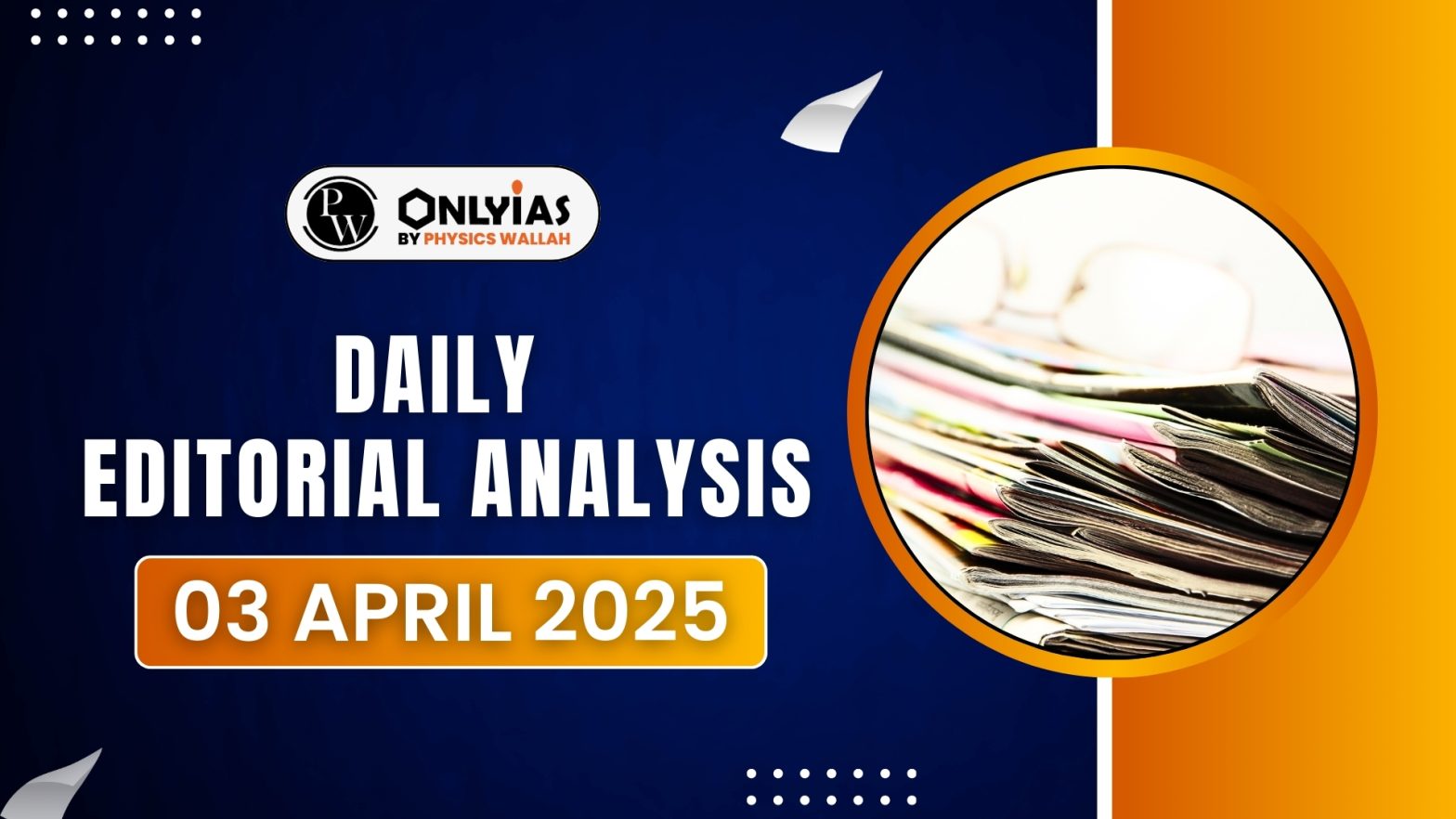India’s air pollution remains a persistent crisis, with metros topping global pollution rankings.
India’s Air Pollution Crisis
- Persistent Pandemic: India’s air pollution is not just a seasonal inconvenience; it is a persistent, silent pandemic that impacts health year-round.
- Impact of Pollution: Hospitals are overwhelmed with respiratory cases, schools are forced to shut down, and cities disappear under layers of smog.
- Rankings: Indian metros regularly top global pollution rankings, reflecting the severe nature of the issue.
- National Response: Initiatives like the National Clean Air Programme (NCAP), Bharat VI, the Pradhan Mantri Ujjwala Yojana (PMUY), and efforts to phase out coal-burning industries in the National Capital Region show progress.
- Fragmented Response: However, the national response remains fragmented and slow-moving. Stronger alignment and faster implementation are essential for meaningful change.
Challenges in Addressing Air Pollution
- Structural Challenge: Air pollution is often perceived as a technical issue, but it is fundamentally a structural challenge shaped by factors such as governance capacity, demographic pressure, socio-economic disparity, behavioral norms, and entrenched economic systems.
- Role of Stakeholders: Scientists play an important role in diagnosing air quality, but lasting solutions depend on municipal officers, planners, engineers, and community leaders who work on the ground.
- Poor Budget and Infra: These stakeholders face challenges like tight budgets, outdated infrastructure, and competing local demands that hinder effective action.
- Ambitious Target: India aims to reduce PM2.5 levels by 40% of the 2017 levels by 2026.
While the target is ambitious and necessary, it risks falling short if it does not take into account on-ground realities.
- Transportation Issue: Blaming vehicles alone for pollution is insufficient. The impact depends on factors such as the type of vehicles on the road, the fuel they use, their age, the distance they travel, and traffic conditions.
- Without considering these aspects, it is difficult for local governments to develop realistic and effective emission-reduction strategies.
- Less Budget: India’s NCAP budget is less than 1% of China’s investment, but when combined with allied programs like
- PMUY (₹18,128 crore)
- FAME II (₹10,795 crore)
- Swachh Bharat Mission-Urban (₹1.4 lakh crore),
- NCAP (₹11,542 crore), creates a broader ecosystem of air quality financing, addressing multiple emission sources and strengthening India’s clean air strategy.
- Underutilization of Funds: Between 2019 and 2023, only 60% of the funds released under NCAP were utilized. This reflects institutional misalignment, not a lack of intent.
- Air quality continues to be treated as a parallel concern, rather than a core municipal function.
- Overreliance on High-Tech Solutions: As India adopts more digital tools for air quality management, there is a risk of falling into the “Western trap” — an overreliance on high-tech, urban-centric data and solutions that overlook basic pollution sources.
- Inadequate solutions: Technologies like smog towers, real-time apportionment, and AI dashboards may appear innovative but offer little value if issues like burning biomass, outdated industrial processes, and polluting vehicles remain unchecked.
- Elite Capture: The risk of elite capture is significant. Urban hubs may receive advanced technologies while rural and informal sectors — which are responsible for a substantial share of emissions — are neglected.
- Change of Focus: The focus on high-tech solutions could shift attention away from structural reforms. More data does not equate to more action if local agencies lack the authority or resources to implement meaningful changes.
Challenges with the NCAP
- Issues with Fund Allocation: The NCAP continues to face challenges in how funds are allocated and how progress is measured.
- Reliance on Air Quality: It heavily relies on ambient air quality data, which is influenced by weather and geography, making it difficult to track short-term improvements.
- For instance, initiatives like PMUY and waste-burning controls have reduced emissions in certain areas, but these improvements may not always show up in pollution readings, giving a misleading sense of stagnation.
Way Forward
- Activity-Based Metrics: A shift to activity-based metrics (such as the number of stoves replaced or diesel buses retired) would offer a clearer picture of impact and strengthen accountability.
- Capacity Building: Strengthening the capacity of these ground-level actors and aligning their mandates with air quality goals is essential for sustained change.
- Realigning Data: Local governments need access to high-resolution, open-source data on emissions-generating activities such as:
- Areas where waste is burned
- Households using solid fuels
- Locations with active construction
- Roads with heavy traffic
- Without this data, air pollution remains an abstract issue, disconnected from daily governance, making it harder to address effectively.
- Data-Driven Approach: Phase I: Build local emissions profiles to identify the biggest pollution sources in specific areas.
- Phase II: Link funding directly to targeted actions based on the data gathered in Phase I.
- Phase III: Track reductions in emissions, not just pollution concentrations, to measure real progress.
- Shift of Approach: This approach shifts from passive monitoring to proactive management, ensuring meaningful change on the ground.
- Addressing Fundamental Issues: Cities like London and Los Angeles only introduced these advanced technologies after decades of systemic reform. India must ensure it sequences its strategies correctly, addressing fundamental issues first.
- Focus on Scalable models: Academic research and long-term innovation are valuable, but solution-focused implementation is critical for immediate progress.
- Policymakers must prioritize short-term, scalable models that are actionable on the ground, ensuring that India can act now while preparing for future innovation.
- Separate Funding Streams: India must create separate funding streams:
- One for research to drive long-term innovation
- One for immediate, on-ground interventions that address pressing pollution issues
Global Examples
- China: China closed coal plants to reduce pollution.
- Brazil: Brazil implemented community-led waste systems.
- USA: California reinvested pollution revenue into poor communities.
- London: London banned coal use before deploying advanced air quality sensors.
Conclusion
India must create a clean air strategy that reflects its unique context and priorities, focusing on foundational issues and tailored solutions. By building partnerships, embracing federalism, and investing in people, India can secure the right to clean air for all its citizens.
![]() 3 Apr 2025
3 Apr 2025


